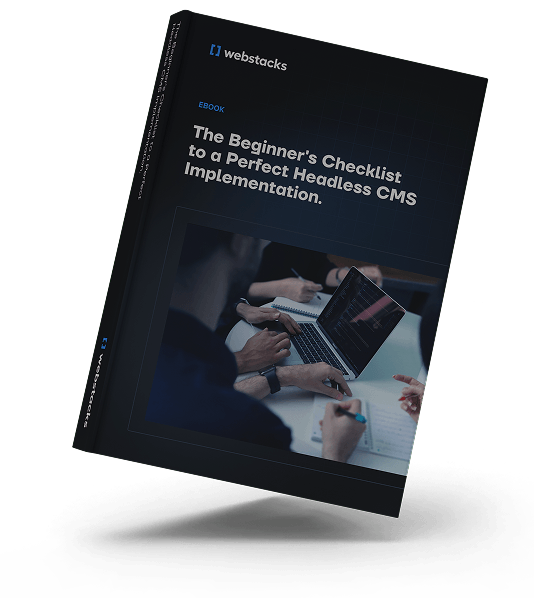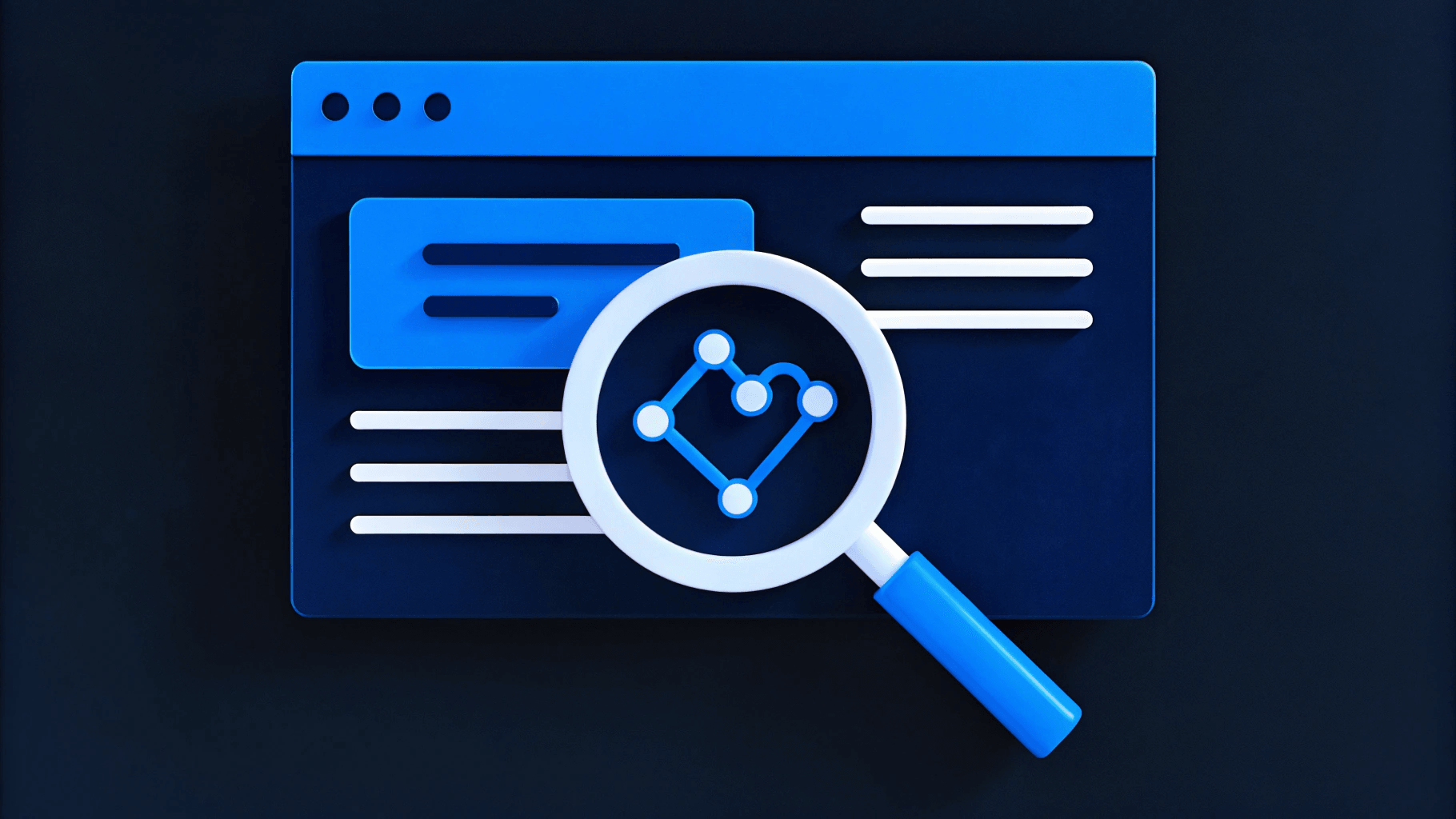Your website is the backbone of demand generation, brand storytelling, and digital scale. But when your CMS slows down launches or limits your ability to adapt, it holds your team back.
As a web development agency, Webstacks has partnered with B2B teams to build composable websites using the best tools available. We’ve worked extensively with both HubSpot CMS and Sanity, and while both are powerful, they serve different types of teams and goals.
This comparison focuses on how each platform fits into real B2B workflows. If you’re deciding between them, we’ll help you cut through the noise and understand which CMS aligns with your structure, stack, and growth strategy.
A Quick Overview of Sanity and HubSpot CMS
Sanity is a cloud-first headless CMS built for flexibility, developer collaboration, and structured content.
Unlike traditional platforms, Sanity gives your team full control over how content is modeled, managed, and delivered. With Sanity, your content is decoupled from the presentation layer, which means you can deliver it to any channel.
Discover how and why Knapsack made the switch to Sanity with the help of Webstacks.

HubSpot CMS, on the other hand, is a tightly integrated and marketer-friendly platform. It’s built to work with the broader HubSpot ecosystem.
Compared to traditional platforms, HubSpot CMS offers a centralized solution with built-in analytics, drag-and-drop editing, and easy templating.
If your team already uses HubSpot for CRM or marketing automation, the CMS provides an all-in-one environment. It’s a great option for lean marketing teams who want to launch fast, manage their own updates, and avoid dev dependency.
For more insights into the benefits of HubSpot CMS, check out Power Factors’ implementation story.

Which CMS Fits Your Team Best?
Sanity works best for cross-functional teams operating at scale.
The platform’s headless architecture and structured content model make it ideal for companies with complex content needs. Examples include global websites, dynamic personalization, or deep integration into modern tech stacks.
Businesses use Sanity to manage:
- Dozens of localized microsites from a single source of truth
- Structured, repeatable product content across multiple regions
- Advanced experimentation with integrated A/B testing and analytics tools
In these scenarios, Sanity gives developers and content teams the freedom to move fast.
HubSpot CMS is a great fit for marketing-led teams moving quickly.
It provides a simple environment for early-stage B2B startups or marketing teams that need to launch fast and often.
Teams use it to:
- Build and publish landing pages in-house, without dev support
- Run integrated campaigns across email, web, and CRM
- Optimize and test content using built-in analytics
In these cases, HubSpot CMS reduces time-to-launch and empowers marketers to own their workflows end to end.
As your needs evolve, however, you’ll likely need to migrate to Sanity or another headless platform.
How Much Flexibility Do Developers Need?
Sanity is purpose-built for developer flexibility. It allows developers to define custom content models, integrate with any frontend framework (like React or Next.js), and build workflows tailored to your specific business needs.
If your team works with component-based design systems, or if you're planning to integrate content across multiple digital surfaces, Sanity gives you the technical foundation to build with confidence.
By contrast, HubSpot CMS offers a more limited and templated environment. It’s designed to be easy for marketers first. And while developers can customize themes and build modules using HubL or custom code, the platform still restricts you.
How Does Each Platform Support Editorial Workflows and Permissions?
Sanity is great in high-governance environments. Its structured content model, role-based permissions, and customizable workflows give teams fine-grained control over who can do what.
That kind of governance isn’t possible with every CMS.
HubSpot CMS offers basic user permissions and workflows, which work well for lean teams managing straightforward sites. But as complexity increases, it’s easy to hit limits. There’s less control over how content moves from draft to published, and fewer ways to enforce structure or protect brand integrity at scale.
In these cases, managing complex workflows while also ensuring website performance can be challenging.
Speed to Market and Marketing Agility
HubSpot CMS is for speed. Its visual editor, drag-and-drop modules, and templating system allow marketers to launch pages and update content without waiting on development, reducing launch time.
For early-stage teams or fast-moving startups, this can be a huge advantage.
Sanity, on the other hand, takes more time to set up. Because it’s fully headless and customizable, implementation typically involves close collaboration between developers and content teams. But once it's in place, the payoff is significant.
With Sanity, you get a future-proof content system that scales as your team grows. Campaigns can be launched using structured content blocks. Teams can create new content types without breaking templates. And developers can integrate Sanity with tools like Vercel or Next.js for fast performance and automated previews.
How to Pick Between Sanity and HubSpot CMS
The choice comes down to a simple question: Which one aligns with how your team works and where your business is headed?
Choose HubSpot CMS if:
- Your marketing team owns the website and wants full control
- You need to launch quickly with minimal development resources
- Your company is early-stage or mid-market and prioritizes speed over complexity
- You already use HubSpot for CRM and marketing automation
- You’re looking for an all-in-one system that simplifies operations
Choose Sanity if:
- You’re scaling across teams, regions, or product lines
- You want to future-proof your stack with a headless, composable architecture
- You need structured content models, custom workflows, or localization
- Your developers want full control over the front end and integrations
- You’re building for long-term flexibility, performance, and scale
At Webstacks, we guide B2B teams through this exact decision-making process every day. We’ve implemented both CMS platforms for companies like yours and we know how to tailor each one to fit real business goals.
Exploring Other CMS Platforms?
Many B2B teams come to us looking for the right balance of marketing agility and developer control. If you’re still deciding, here are a few other platforms worth considering:
- Contentful: A strong choice for structured content at scale. Great for global teams managing multi-channel experiences and working with modern frontend frameworks.
- Builder.io: Ideal for teams that want visual editing without sacrificing performance. Built for composable frontends like React or Next.js.
- Storyblok: Combines a visual editor with structured content, making it popular among marketing teams that need flexibility and localization support.
- WordPress (Headless): A good starting point for content-heavy teams looking for familiarity, but paired with a custom frontend.
Whether you're moving off a legacy CMS or choosing your first headless platform, our implementation checklist can help you prepare:

If you’re looking to compare more platforms before making a decision, check out our other CMS comparison guides:
Work with Webstacks to Implement the Right CMS
Whether you're leaning toward HubSpot CMS, Sanity, or still weighing your options, choosing the right platform is just the first step. Implementation and long-term success depend on having the right partner.
Webstacks has helped dozens of high-growth B2B companies build fast, scalable websites using headless and composable CMS platforms. Get in touch with us to start your website migration project right.




